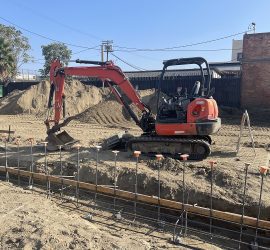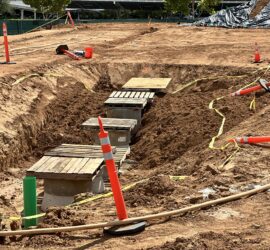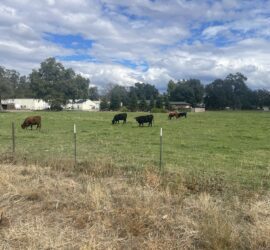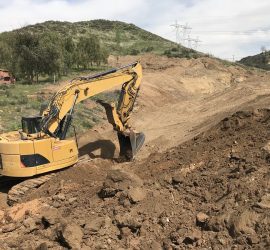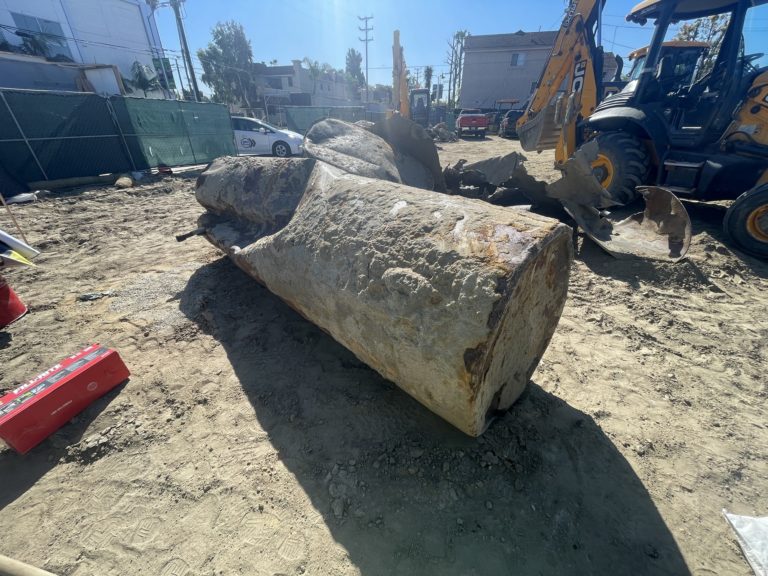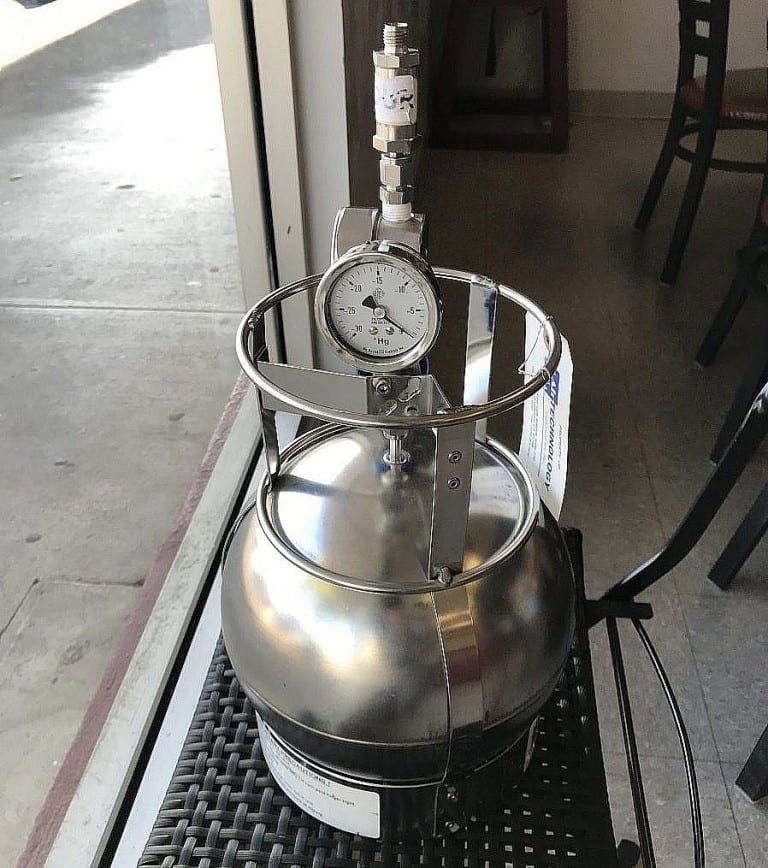Phase I Environmental Site Assessment Process
The Phase I Environmental Site Assessment process comprises a rigorous review of a property’s history, along with a physical inspection of the current conditions. And the end result is a lengthy report that follows regulation standards. For the convenience of Clients, environmental consultants usually provide executive summaries at the front of each report. Nonetheless, the entire Phase I ESA process has to follow the guidelines and standards of the American Society for Testing and Materials (or ASTM). If environmental concerns become apparent during the Phase I Environmental Site Assessment process, additional tasks (such as a Phase 2 Subsurface Investigation) become a requirement. Updated April 7, 2024.
1. The Initial Request for a Phase I ESA
A Phase I ESA can be per the request of one party, or all the entities and parties within a transaction, altogether. And because it is part of the real estate due diligence process, a Phase I Environmental Site Assessment is typically for a good reason. Nonetheless, it clears up any hidden legal and environmental liabilities in association with a property.
The Environmental Questionnaire
At the start of the Phase I Environmental Site Assessment process, an Environmental Questionnaire helps evaluate the general risk of a property, for lenders, buyers, agencies, and other information seekers. A questionnaire is a form for the ESA “report user” to complete. In fact, the results of a questionnaire may prompt a Phase 1 ESA, or dismiss it altogether.
2. Finding an Environmental Professional
Upon identifying the fact that a Phase 1 ESA report is a requirement, report users must find an environmental professional with the appropriate professional licensing. For instance, a professional geologist or environmental engineer with state certification, and who has five or more years of ESA experience. Undoubtedly, it is important to verify that the consultant qualifies as an “environmental professional,” per the ASTM standard.
3. Property History Researching
The initial order of business in the Phase I Environmental Site Assessment process is research. This task includes compiling all the available historical files and data on a property. For example, off the bat, a consultant will schedule a file review with the State Water Board, as well as the other oversight agencies. Similarly, the environmental professional may also order government database compilation reports from third-party information vendors. Such orders are typically for backup and the verification of facts. In actuality, there could be hundreds of data parameters to research. Consequently, the data-gathering process can take up to 15 business days to complete, if not more. Simultaneously, a comprehensive review and study of the data are performed, for the formation of final conclusions and recommendations. And the data-gathering process must meet the minimum requirements of the ASTM standard to qualify.
Rushing a Phase I ESA
Rushing a Phase I Environmental Site Assessment is always possible. Although, it is not the best recommendation by consultants. For instance, a rush Phase I ESA may have a five to six-business-day turnaround time. However, regulatory agencies can’t provide their files within such a short timeframe. As a result, the file review at the government agency becomes an omission within the assessment. And this omission constitutes a limitation in the overall ESA, impacting the conclusions. On the other hand, a proper timeframe for the assessment allows for most agencies, if not all, to respond in time. Thus, resulting in the proper ASTM-compliant Phase I Environmental Site Assessment process.
4. ESA Physical Site Inspection
In addition to robust historical research, the Phase I ESA process also requires a physical inspection of current conditions and activities on site. This task intends to cover all grounds for the evaluation of environmental liability. For instance, a property may have always been vacant, and accordingly documented as such. Thus, no apparent environmental condition happens to exist by the record. However, there could also be ongoing illicit dumping and pollution at the lot. Oftentimes, this is unknown to the current owner and oversight agency. And if such impacts affect the quality of the subsurface, the owner can face penalties and cleanup obligations. Apart from this, all users of Phase I ESA reports must understand that phase one site inspections are not equivalent to regulatory environmental compliance audits.
5. The Phase I Environmental Site Assessment Process
Upon approaching the final stages of the Phase I Environmental Site Assessment Process, a final report compiles all the information and data, along with conclusions, recommendations, and professional certification. Oftentimes, Phase I ESA reports are in excess of 350 pages. Thus, consultants do provide executive summaries, which comprise a brief synopsis of the findings and conclusions. Executive summaries tend to be anywhere from two to three pages long.
6. The Phase 1 Reliance Letter
Phase I Environmental Site Assessment reports are deliverable only to the official authorizing Client. It is important to understand that no other party can receive a Phase I ESA (except a regulatory agency if applicable). As a result, the report user must provide copies of reports to others, themselves. Similarly, no other parties can legally rely on the results of a Phase 1 ESA or Phase 2 ESA, without the written consent of the report user and consultant. In such a case, the consultant will prepare a reliance letter, on behalf of the user, for the additional parties.

